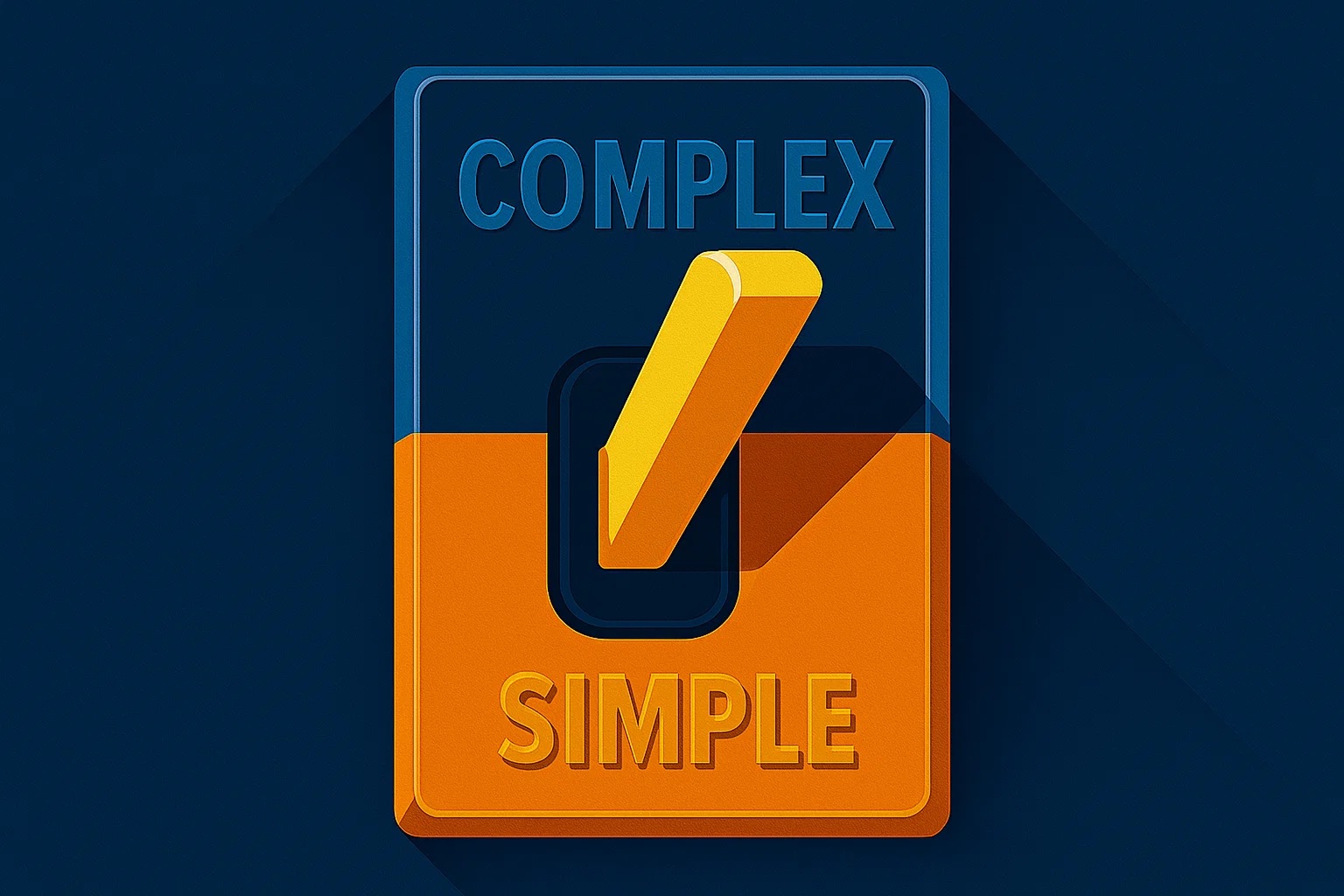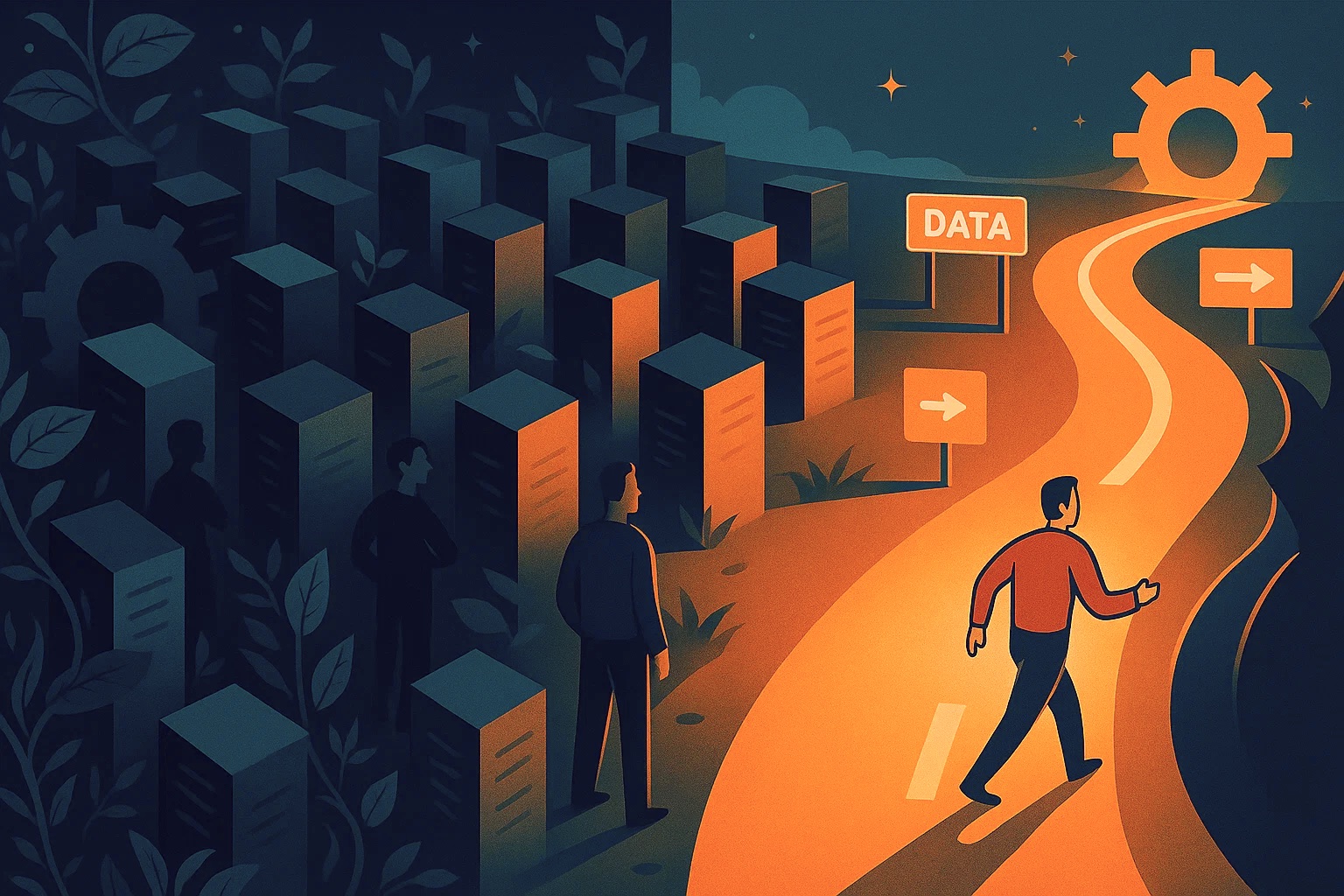©2025 Linkando GmbH

Attention in the digital age: Why media disruption ruins your conversion rates (and how to avoid it)
In a world full of distractions, focus is a rare commodity. The human attention span is short - and this is particularly noticeable in digital marketing.
One phenomenon that plays a decisive role in this is called "attention residue ".
Studies show: When we switch from task A to task B, part of our attention still remains on task A. This means that we are effectively never fully focused on the new task - even if we think we are fully concentrated.
What does this mean for marketing and sales?
If you want potential customers to really notice your products, you need to capture their undivided attention - at least for a few minutes. Every media break - i.e. every switch between platforms, websites or tools - costs you valuable leads.
Here are two specific examples:
According to Directive Consulting, LinkedIn lead forms have a three times higher conversion rate than LinkedIn ads that redirect to an external landing page. Why? The interaction takes place entirely within LinkedIn - without media disruption.
A case study by 37signals shows that a one-page landing page achieves 37.5 % more conversions than one where the user has to click through several pages. Even the smallest media change costs you potential sales.
The solution: digital webplays instead of media disruptions
The conclusion from these data points: The fewer distractions, the higher the conversion. What does that mean in concrete terms?
❌ No "Schedule a call" button - hardly anyone wants to make a direct phone call at the start of the customer journey.
❌ No static contact form - most users don't fill it out anyway.
❌ No chatbot - the times when that worked are over.
Instead: Digital webplays. A webplay enables your website visitors to interact with your offer in an interactive and self-determined way - without any media discontinuity.
You collect the information you need to qualify the lead, and the user receives exactly the content that interests them.
Everything happens on a single page, without distractions, without context switches - and with a significantly higher probability of turning a visitor into a customer. 🚀
Curious how it works? Here's an example: 👉 Linkando Webplays
Conclusion: The attention span of your target group is short. If you don't want to lose them, avoid media breaks - and rely on smart, seamless interactions directly on your platform. 🔥




